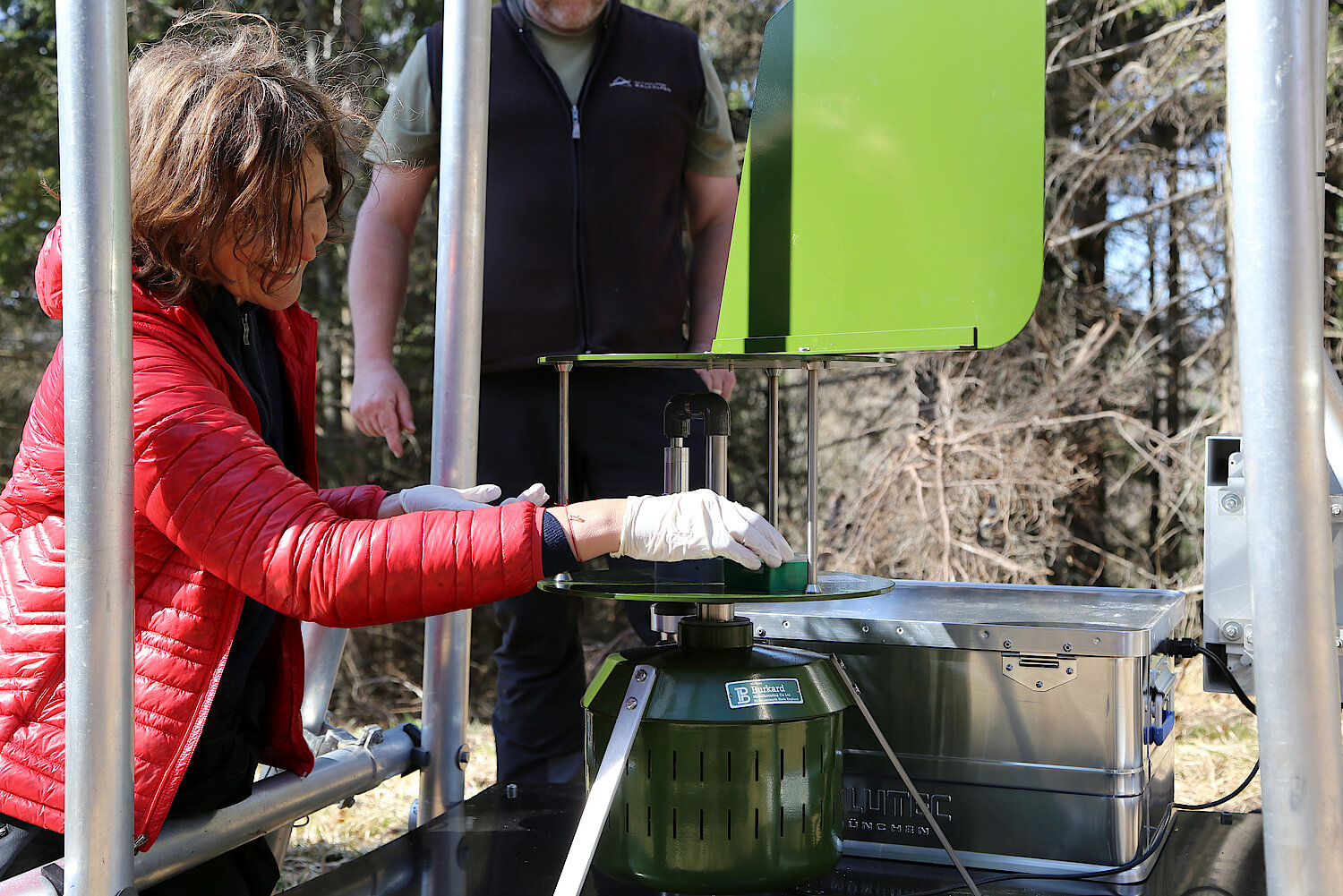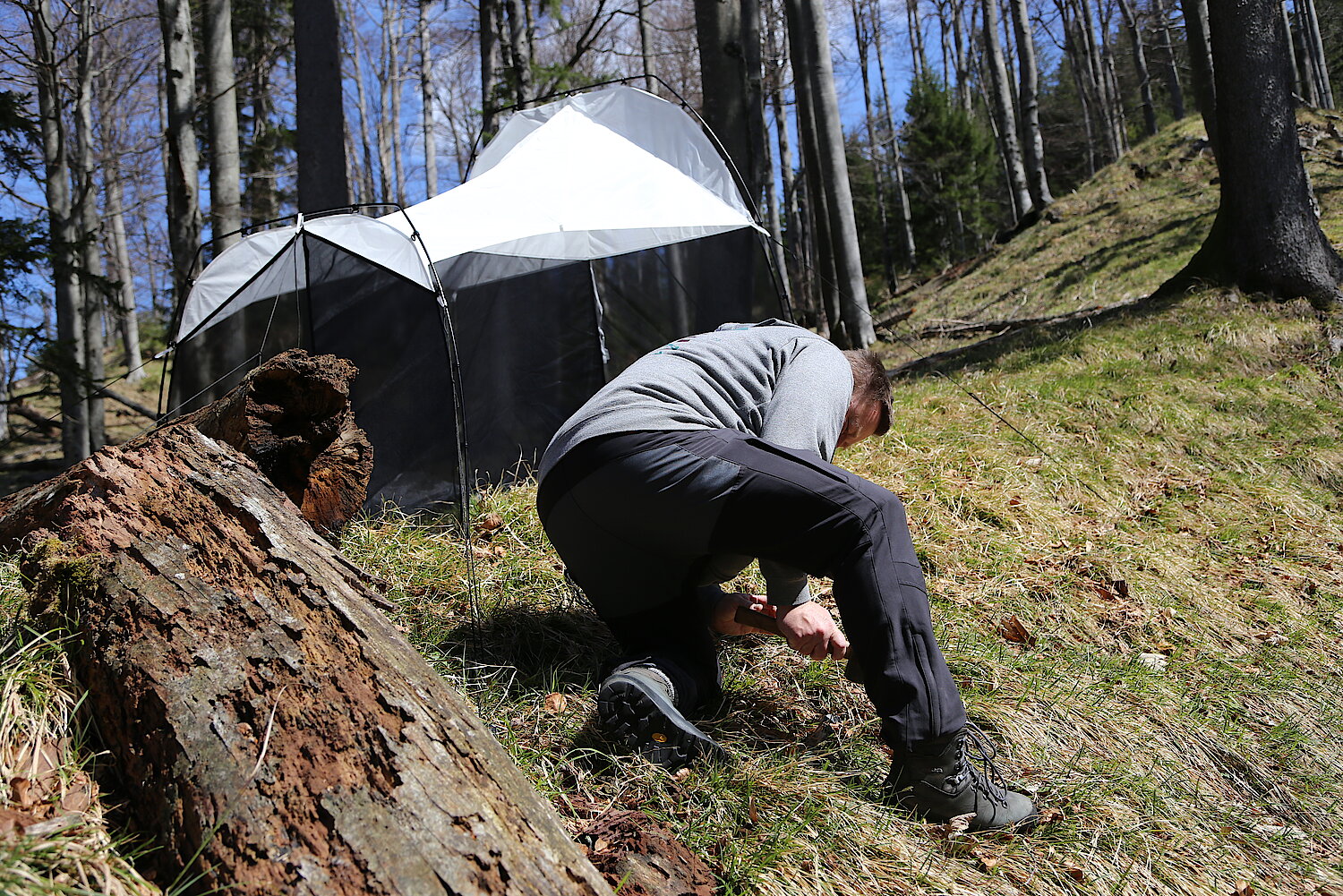A first global biodiversity inventory
In the LIFEPLAN project, the current state of biodiversity is being recorded for the first time worldwide according to harmonised standards. Austria participates with three study sites. For LIFEPLAN, the Environment Agency Austria (Umweltbundesamt) is establishing a new study site at the Zöbelboden research site in Upper Austria. Biodiversity surveys are also carried out in Vienna and in Tyrol.
An estimated 80 % of all animal, fungus and plant species on Earth have not yet been scientifically described. As regards the known species, the information available on their distributions is partly incomplete. This is where LIFEPLAN, a project led by the University of Helsinki, comes in. Over the next four years, biodiversity will be measured, monitored and analysed on 100x100 metre study plots at more than 200 sites across all continents. For this purpose, the Environment Agency Austria, supported by the Upper Austrian National Park Kalkalpen, is expanding its research site Zöbelboden in the Reichraminger Hintergebirge, one of the best equipped sites for long-term ecological research in Austria.
The University of Vienna and the Vienna Municipality are contributing studies conducted at the Botanic Garden in Vienna and the Lainzer Tiergarten. The Tyrolean state museums and the Karwendel Nature Park, with the support of the Federal State of Tyrol, are managing a study site in Hall and in the Karwendel mountains. The data collected at the three locations will not only make an important contribution to global biodiversity research but also provide an important basis for analyses at national and local level. The researchers also expect to find first records of species in Austria (in the Austrian federal states).

In focus: biodiversity trends and human impact
The length of the project, which is currently scheduled to run for five years, and the data that will be obtained will make it possible to detect global biodiversity trends. In addition, by comparing natural with urban areas, the human impact on biodiversity can be studied.
Malaise traps, spore traps, soil samples, cameras and microphones will be used for this purpose. Vertebrates will be recorded at regular intervals with automated recognition software via camera traps and audio recorders. Organisms in air and soil samples will be determined using DNA barcoding. DNA barcoding is one of the most advanced genetic methods. It is used for the identification of organisms and enables species to be clearly assigned and distinguished from one another. Specific sections of the genome (DNA) are examined and compared with gene sequences from reliably identified reference animals, the so-called DNA barcodes, in a reference database. By combining well-established and inexpensive tools such as camera and audio traps with new genetic methods, researches can obtain data on the state of biodiversity at global and regional level at the same time.

Austrian network for biodiversity research
With the LIFEPLAN project, Austria is at the cutting edge of global biodiversity research. The leading national institutions in this field are connected through ABOL, the Austrian Barcode of Life Initiative, which is coordinated at the Natural History Museum in Vienna. The long-term goal of ABOL is to generate DNA barcode sequences of all animal, plant and fungus species in Austria, taking into account geographical variation. The DNA barcodes are to be made freely available for many applications in an online database. ABOL will create a reliable, up-to-date database on Austrian biodiversity.

